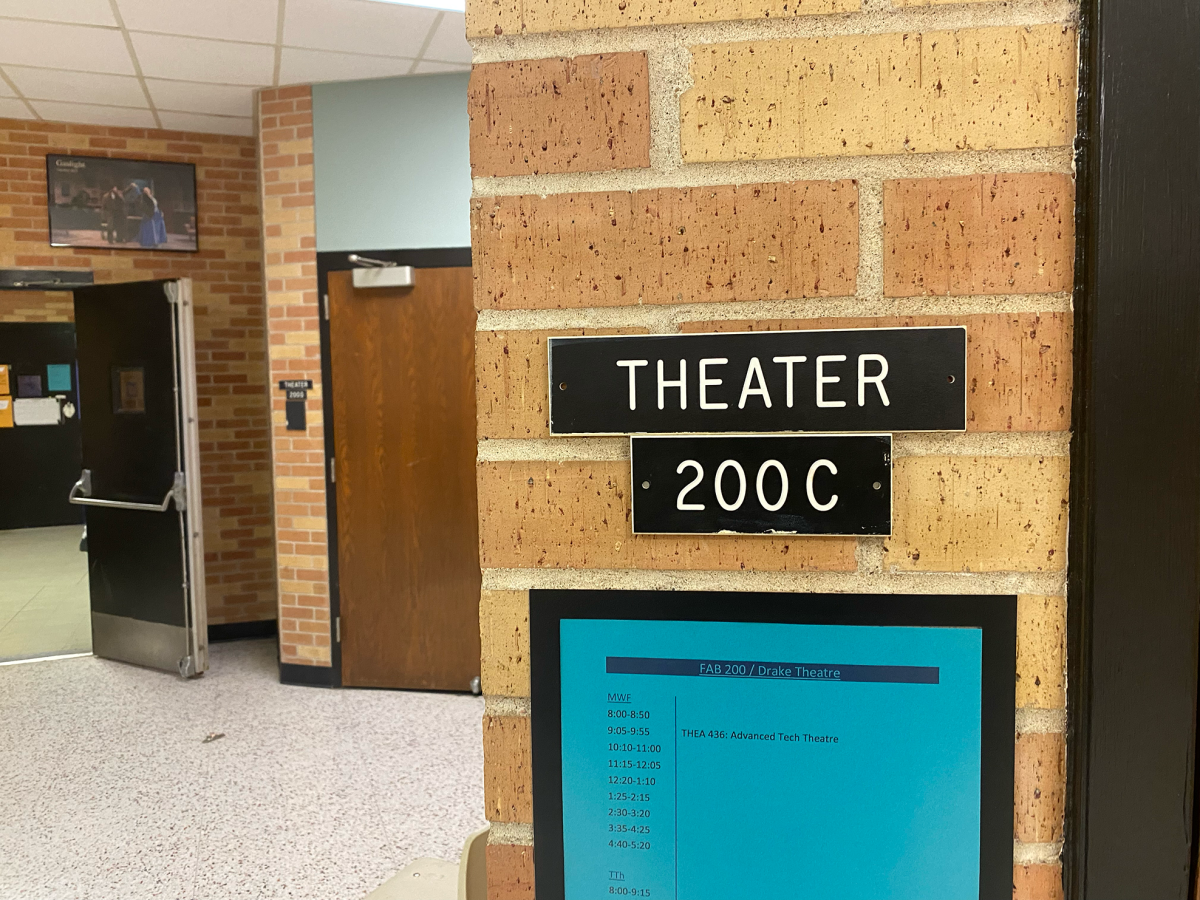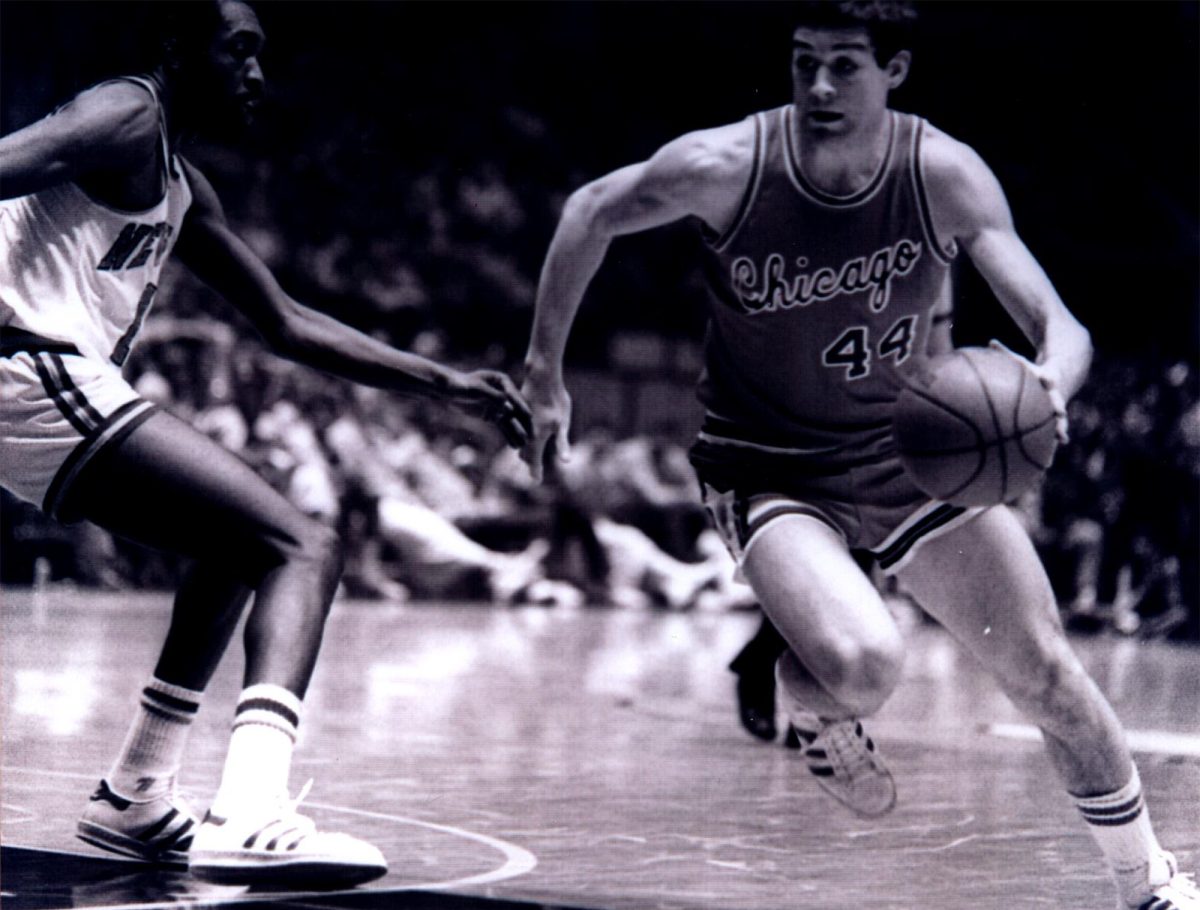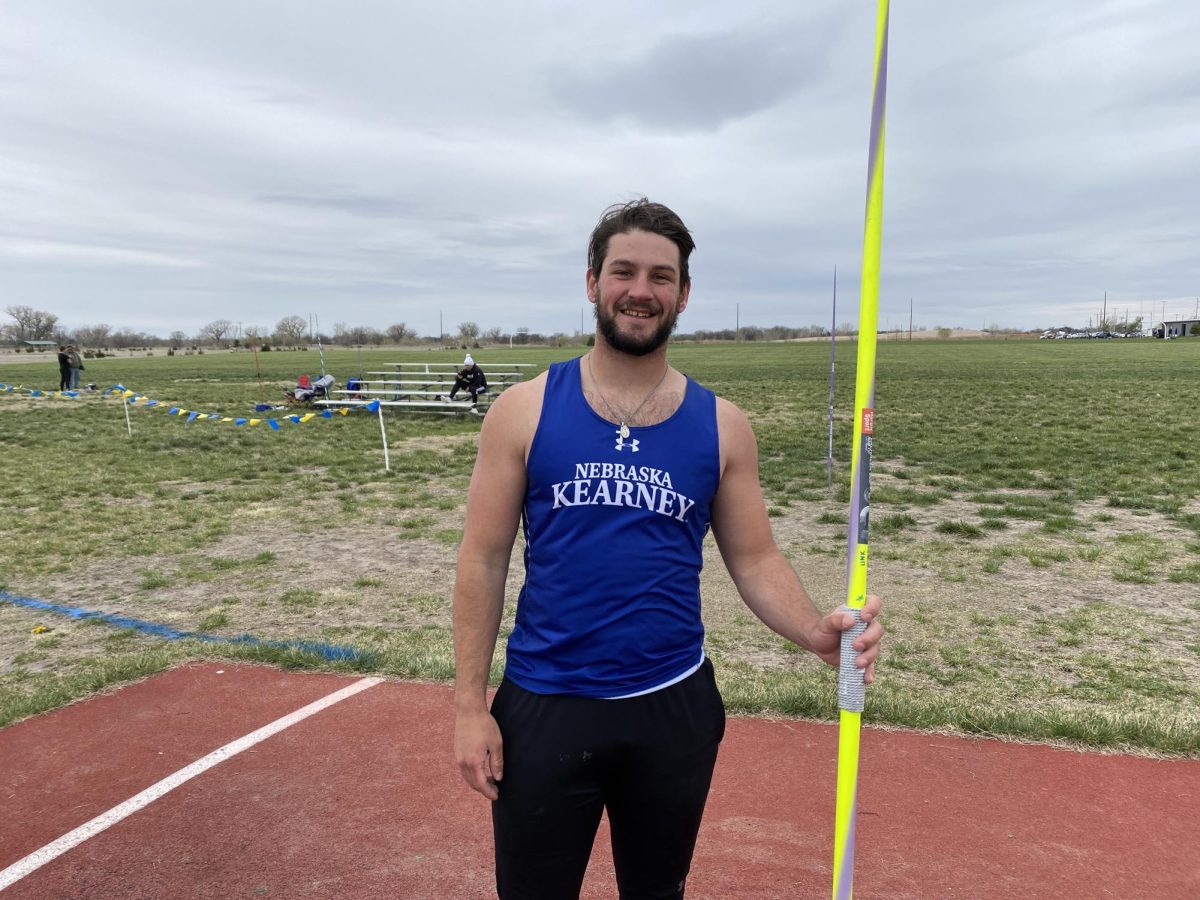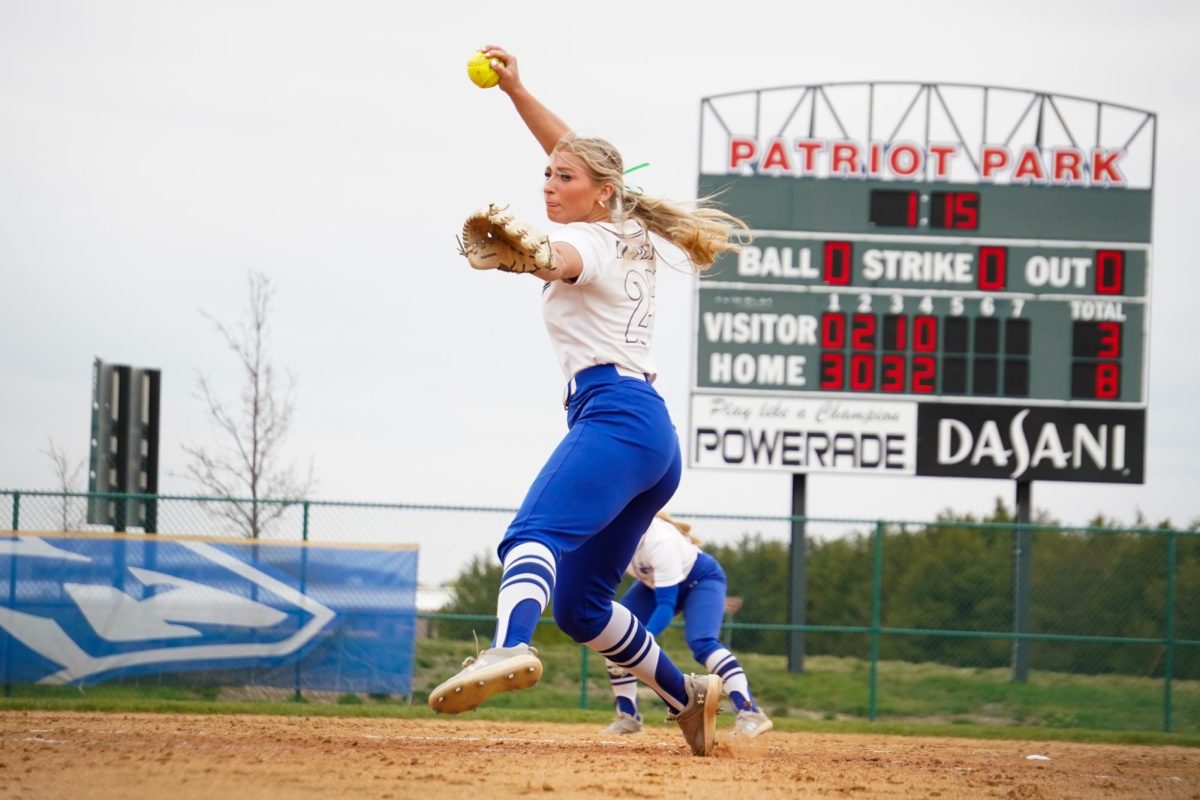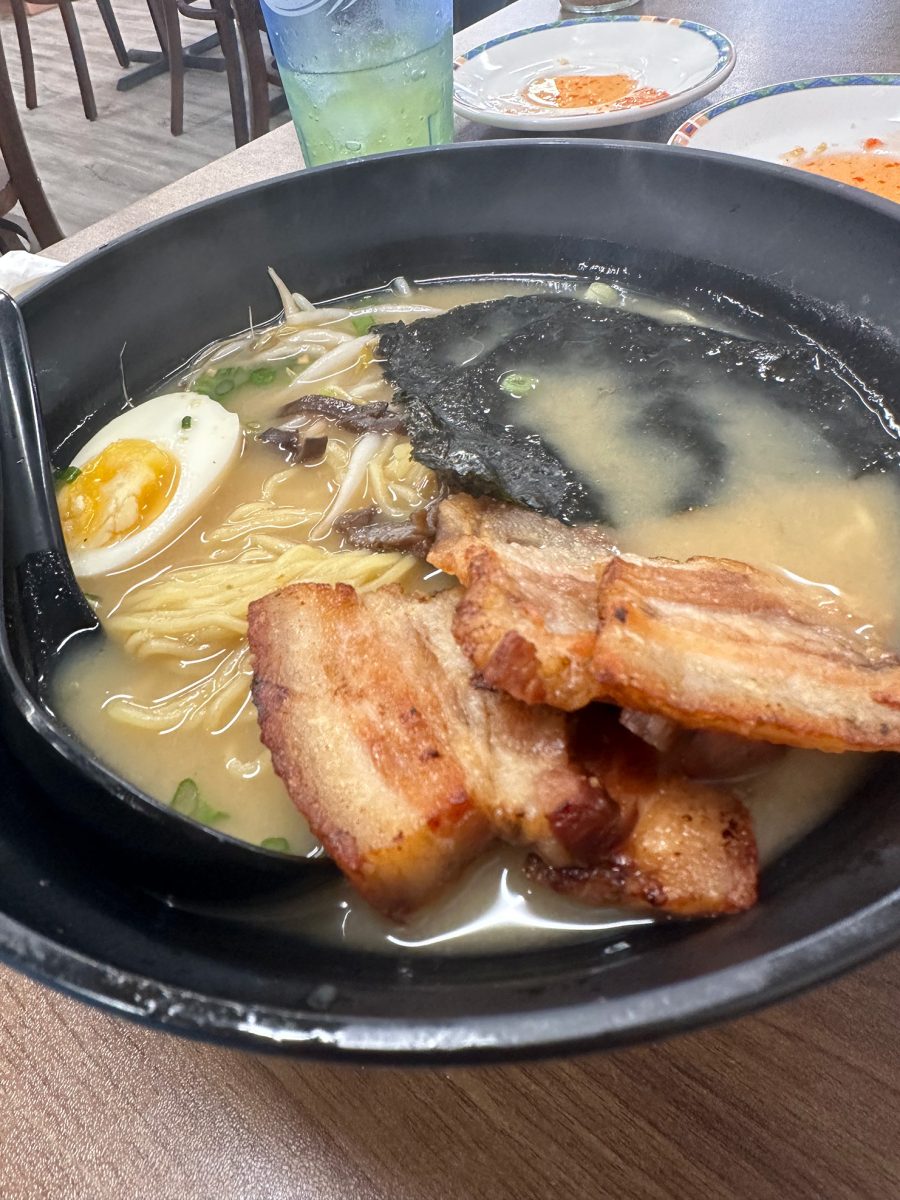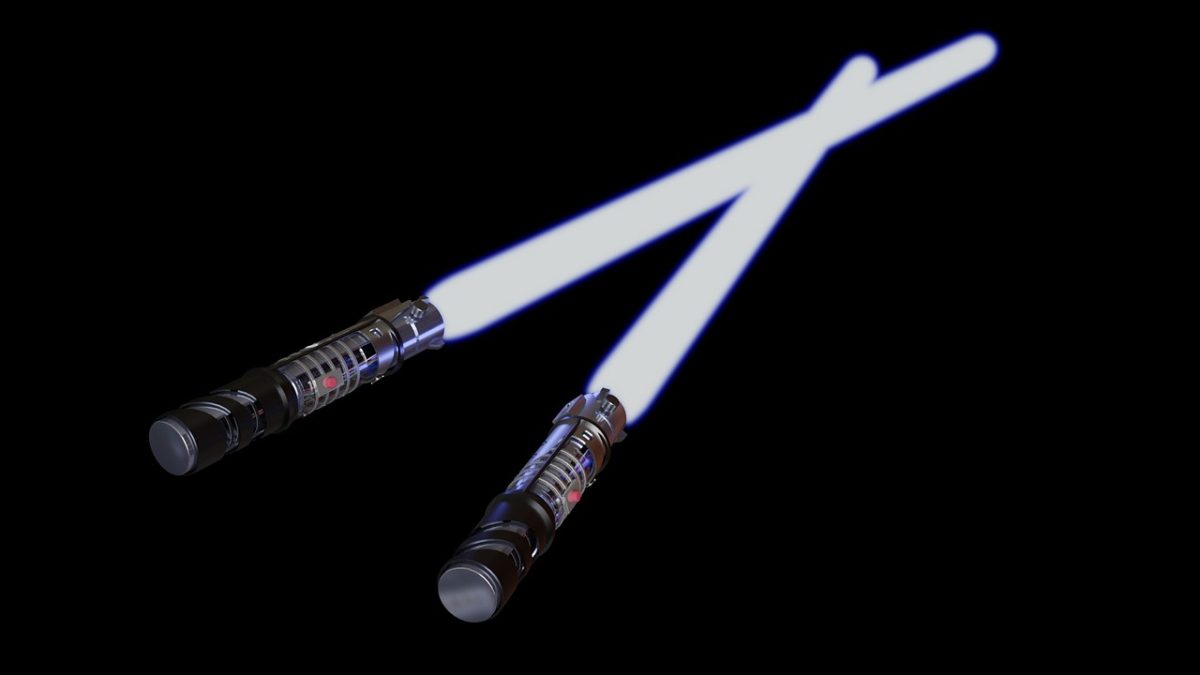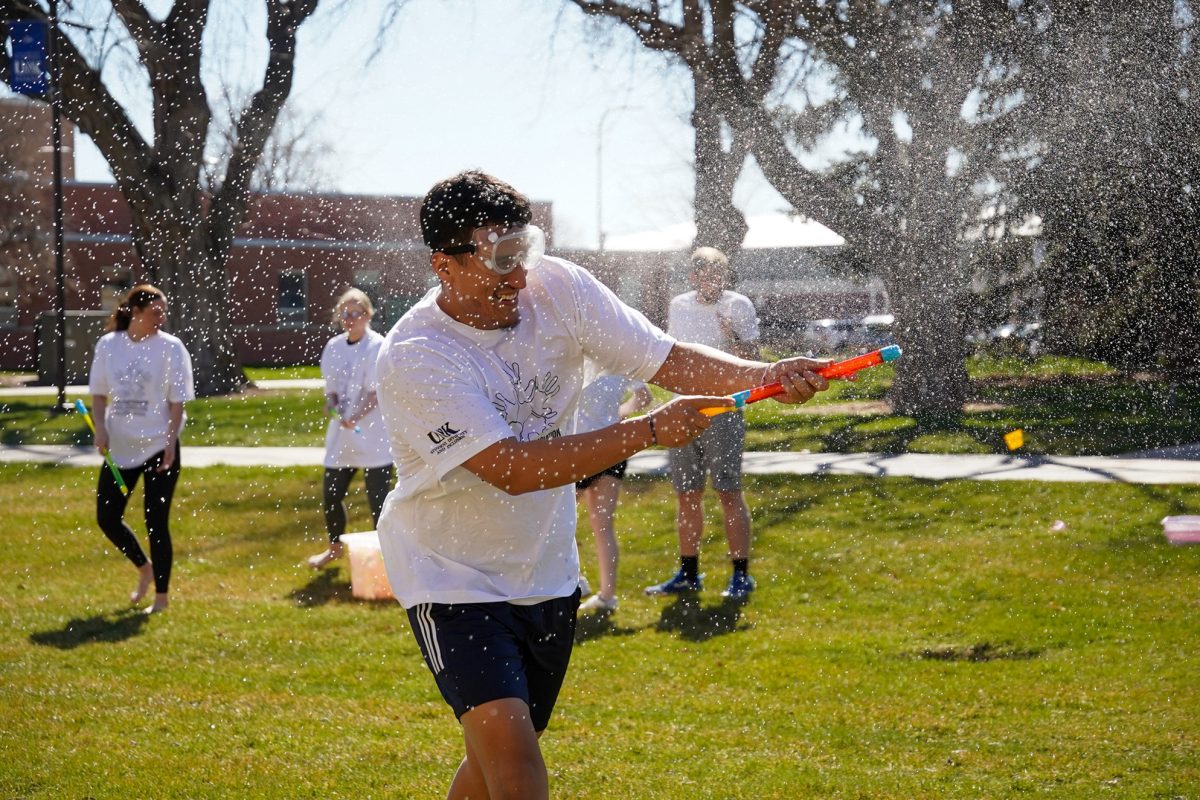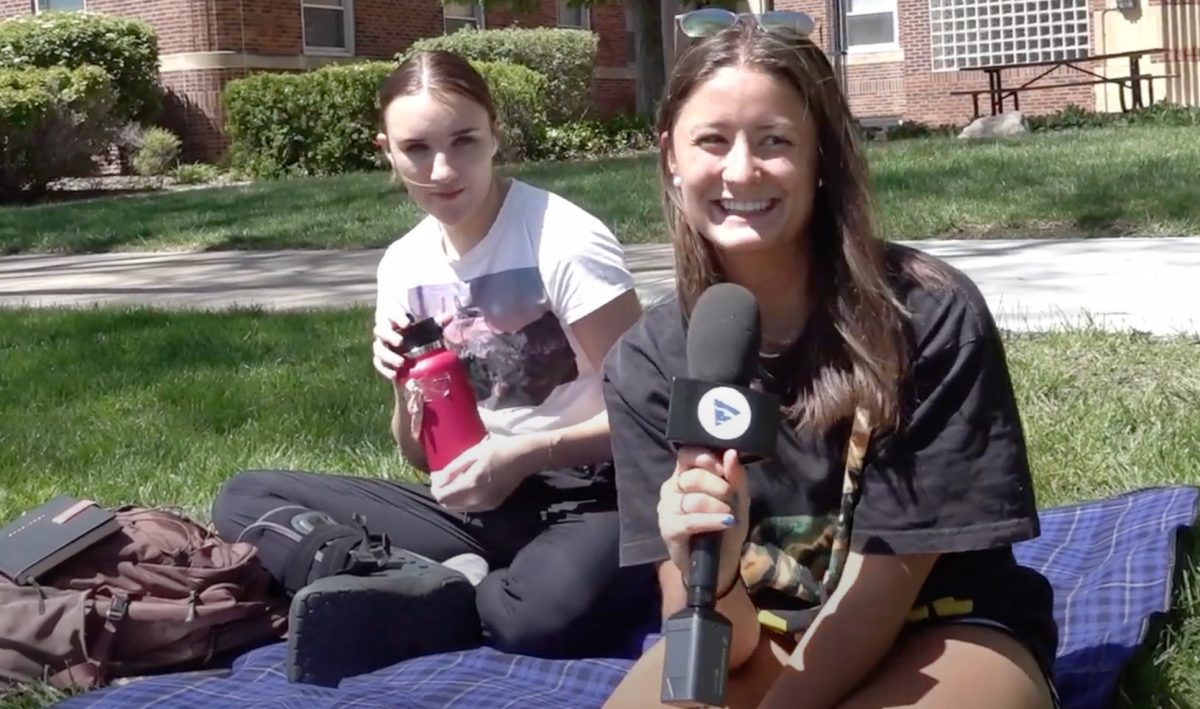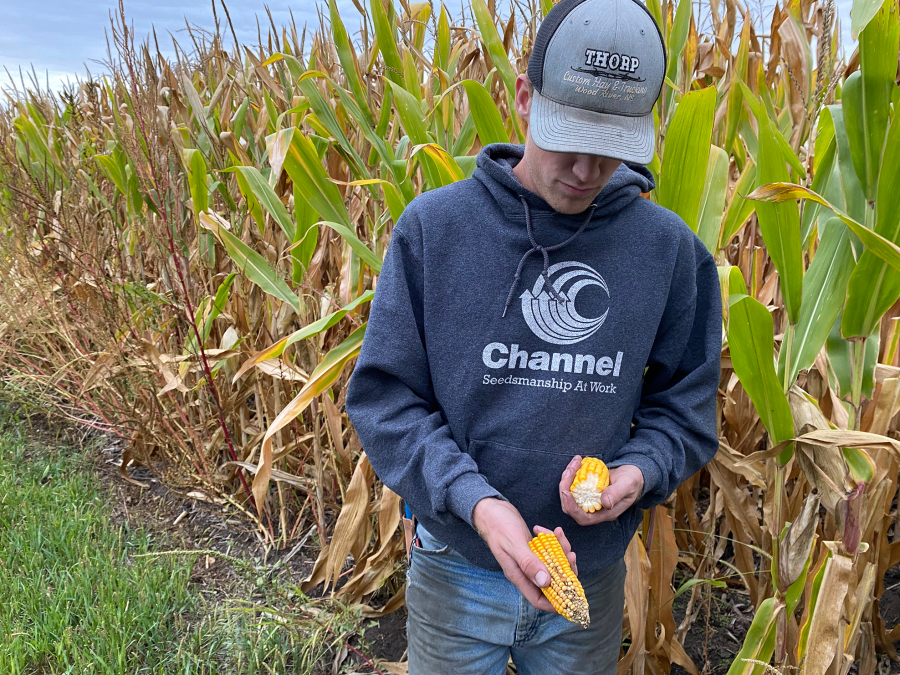liermanm2@lopers.unk.edu
September rains reinvigorated the Platte River as irrigators began the transition out of a growing season plagued by drought and high heat. As harvest picks up, water inflows remain a concern for next year.
Central Nebraska irrigation managers now look to the Rockies in hopes that snow melt will feed the Platte next spring.
“We need to realize some basic geography in that the Platte River is a snow-melt fed river,” said Jeff Buettner, director of the Central Nebraska Public Power and Irrigation District. “We’re at the mercy of how much snow falls, melts, and runs and gets into the river to flow all the way down to the Missouri River.”
The U.S. Geological Survey gauge at the Kearney bridge posted the lowest reading on record prior to the rain, with flows of just 1 cubic foot per second — or about the volume of a basketball.
“The river is just not getting the water from its natural sources, but also the human demand for that water is high to be able to continue to grow crops,” said Mary Harner, a research professor in UNK’s communications and biology departments. “The river has gone dry before, but this is a particularly dry, dry period.”
Nebraska farmers and ranchers have noticed the effects of this year’s drought conditions as far back as March.
“The thing that made it a really tough year for a lot of people was the hay shortage which was caused by a dry spring,” said John Thorp, who farms with his dad Todd Thorp south of Wood River. “Basically our hay meadows were dry and produced only about a quarter of the hay they typically do. You can water corn, but you can’t usually water a hay meadow.”
In periods of intense heat like we saw this year, higher temperatures cause water in plants to evaporate more quickly to keep cool.
As a result, hot years require more irrigation, which can become especially challenging when less water is getting into rivers and fields in the first place.
“When there’s good precipitation, they’re able to realize a profit, and you will see them more capable of investing in technologies that will help them reach that goal of achieving profit from the farm,” Buettner said. “When their incomes on the farm are down, there’s less people to make those kinds of investments.”
Corn growers with drier fields could see low yields that may exacerbate the feed shortage headed into winter.
“A guy I used to work for — in August was already feeding them [cattle] hay,” Thorp said. “You’re expecting to be able to put them out to pasture during the summer and let them eat — that’s gone, so then you’ve got to try to supplement them with the hay that you’re putting up to try and get through winter.”
Hay shortages may create higher demand for other feed grains like alfalfa, fermented grass or corn, which is Nebraska’s most produced crop at 1.8 billion bushels produced in 2021, according to the National Agricultural Statistics Service.
“The river will return,” Harner said. “Irrigation season will be winding down here soon. Some of those demands will be lifted and some of those flows will be back in the river. Hopefully we will not have as dry of a winter and spring as we did last year.”



